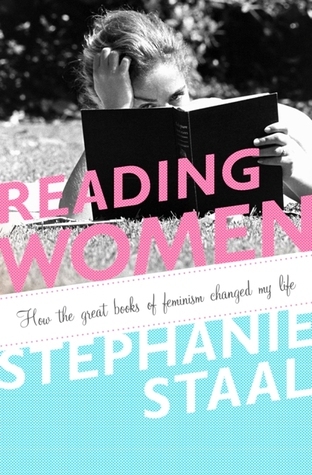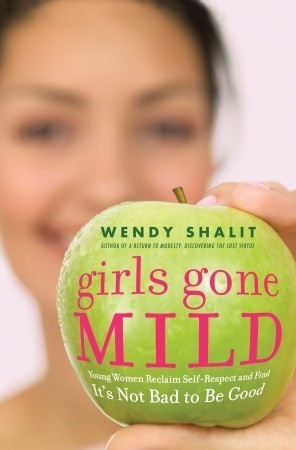
Cinderella Ate My Daughter: Dispatches from the Frontlines of the New Girlie-Girl Culture
Book Description
When glittering tiaras and pink frills hijack childhood, what happens to the girls trapped in a maze of princess culture? Peggy Orenstein uncovers the dizzying forces shaping modern femininity, revealing the hidden dangers behind the girlie-girl facade. Through eye-opening stories and sharp insights, she exposes the deeper implications of a world obsessed with beauty and consumerism. This electrifying exploration challenges everything we think we know about girlhood and empowerment, sparking vital conversations about identity and social pressure. As the lines blur between fantasy and reality, what will it take to reclaim true agency in a culture that insists on conformity?
Quick Book Summary
"Cinderella Ate My Daughter" by Peggy Orenstein investigates the surge of "girlie-girl" culture that has swept over young girls in recent decades. Through engaging anecdotes, interviews, and social analysis, Orenstein explores how princess-themed media, pink-splashed products, and beauty-centered messaging shape girls’ sense of self. She argues that this phenomenon is not trivial; it deeply influences girls’ beliefs about identity, confidence, sexuality, and aspirations. Orenstein questions whether the cultural celebration of empowerment and self-expression is genuine, or if it simply reinforces old stereotypes in glittering disguise. Blending wit with incisive critique, the book offers a call to action for parents and society to recognize the complexities and consequences of the princess-industrial complex, urging thoughtful engagement rather than passive acceptance.
Summary of Key Ideas
Table of Contents
The Rise of Princess Culture and Its Commercial Power
The book opens with a personal journey: Orenstein’s encounters as a mother with the burgeoning princess craze pervading the lives of modern young girls. Products, programming, and birthday parties are infused with pink, sparkly motifs, offering few alternatives beyond the Cinderella archetype. Orenstein explores how the commercialization of girlhood starts earlier than ever, with marketing campaigns shaping girls’ desires and presenting a narrow vision of femininity.
How Stereotypes Shape Identity and Self-Worth
The author delves into the wider social implications of being constantly surrounded by princess imagery and beauty obsession. By intertwining consumer culture with notions of empowerment, companies offer girls a paradox—instructing them to be unique while selling mass-produced products. Orenstein details how these messages affect girls’ developing identities, self-worth, and aspirations, often encouraging conformity over genuine individuality.
Media, Marketing, and the Sexualization of Childhood
Orenstein critically examines popular media, from early Disney movies to contemporary teen idols, exposing a landscape that too often emphasizes appearance, popularity, and romance. She raises concerns about the earlier sexualization of childhood, where innocence is mixed with sophisticated marketing that positions self-value in terms of attractiveness. This trend, she argues, leaves lasting marks on girls’ confidence, relationships, and ideas about growth.
Parental Dilemmas and Navigating Girlhood Pressures
Parents and educators frequently face the daunting task of navigating between outright rejection and passive acceptance of girlie-girl culture. Orenstein shares stories from parents, psychologists, and teachers, revealing the complexities of resisting dominant trends without ostracizing children or causing guilt. She suggests open, critical conversations that teach girls to question cultural messages, fostering resilience and self-awareness rather than shielding them from the world.
Reimagining Empowerment and Authenticity
Culminating her analysis, Orenstein advocates for a reimagined approach to empowerment—one that goes beyond slogans and surface-level diversity. She urges society to promote authenticity, diversity of interests, and critical thinking, challenging both the industry and families to expand what it means to be a girl. "Cinderella Ate My Daughter" ultimately encourages a thoughtful dialogue about childhood, identity, and the true meaning of choice in an era of relentless commercial and cultural influence.
Download This Summary
Get a free PDF of this summary instantly — no email required.





